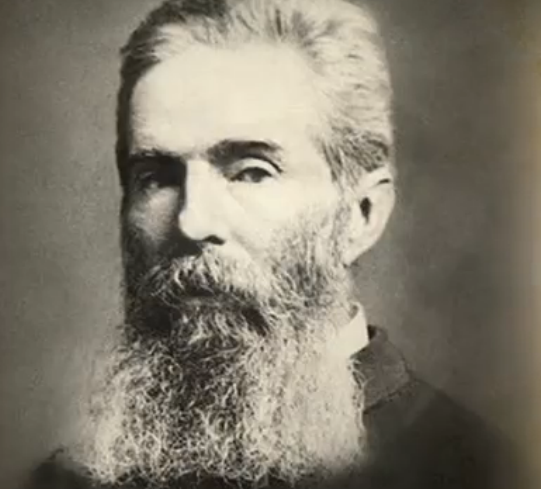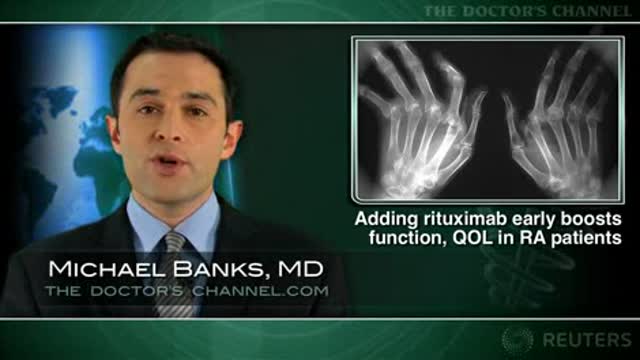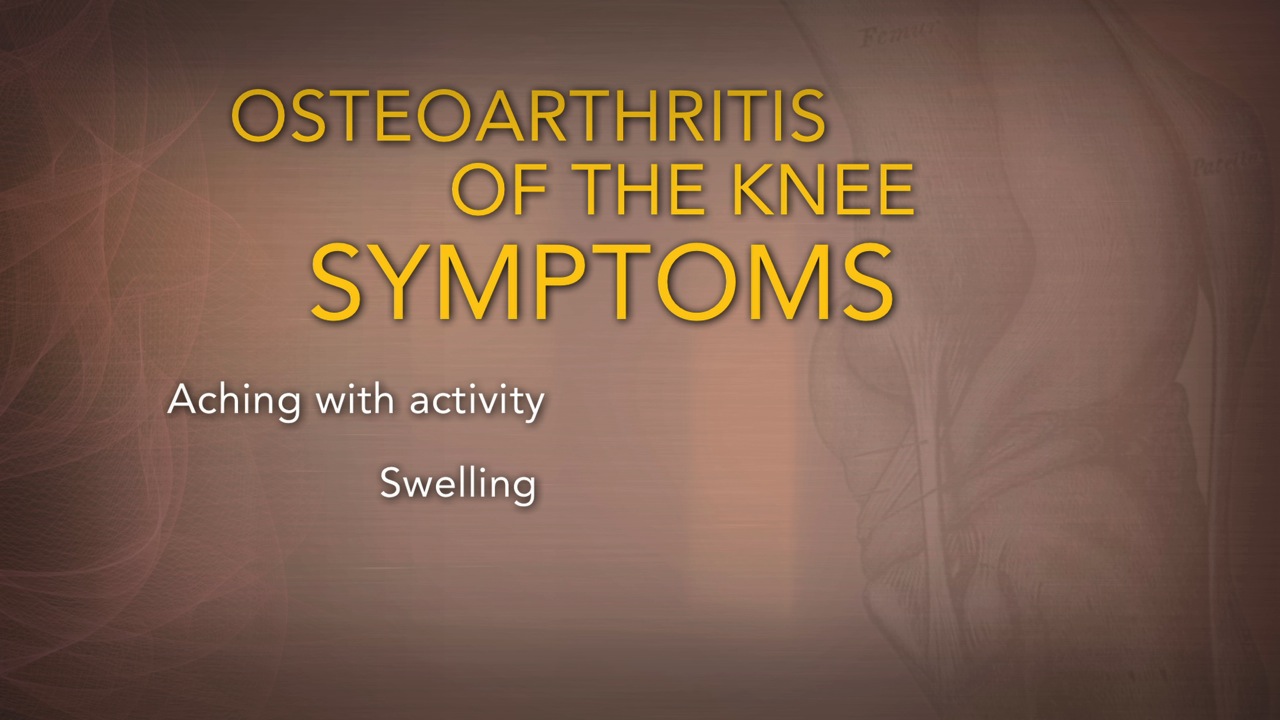Progressive quadriceps strengthening improves recovery after knee replacement
Reuters Health • The Doctor's Channel Daily Newscast
“Furthermore,” the authors write, 1-year outcomes “exceeded those previously reported in the literature, approaching the function of age-matched healthy older adults.”
Dr. Lynn Snyder-Mackler at the University of Delaware, Newark, and co-investigators randomized 200 patients with osteoarthrisis to a volitional strength training group, or to exercise plus neuromuscular electrical stimulation (NMES). NMES consisted of 10 electrically elicited contractions inducted in the quadriceps femoris muscle. Both groups also performed exercises targeting the hamstrings, gastrocnemius, soleus, hip abductors, and hip flexors.
Treatment began 3-4 weeks after surgery and lasted for 6 weeks with 2 or 3 visits per week. Ninety-two patients in the exercise group and 76 in the exercise-NMES group completed the 3-month testing, and 81 and 68, respectively, were retested at 12 months. A subgroup of 41 patients was also compared with a control group of 41 patients.
Both rehabilitation groups significantly improved between baseline and 3 months, and between 3 and 12 months on all measures – active knee range of motion, Timed Up and Go, Stair-Climbing Test, 6-Minute Walk, and quadriceps strength and activation testing, and in responses to self-assessment questionnaires (p < 0.001 for all).
However, outcomes did not differ between the exercise-only group and the exercise-NMES group, Dr. Snyder-Mackler and associates report.
In the subgroup analysis, they add, patients in the active intervention groups “demonstrated substantially greater quadriceps strength and functional performance 12 months postoperatively than the standard of care group.”
Reference:
Arthritis Rheum 2009;61:174-183.






